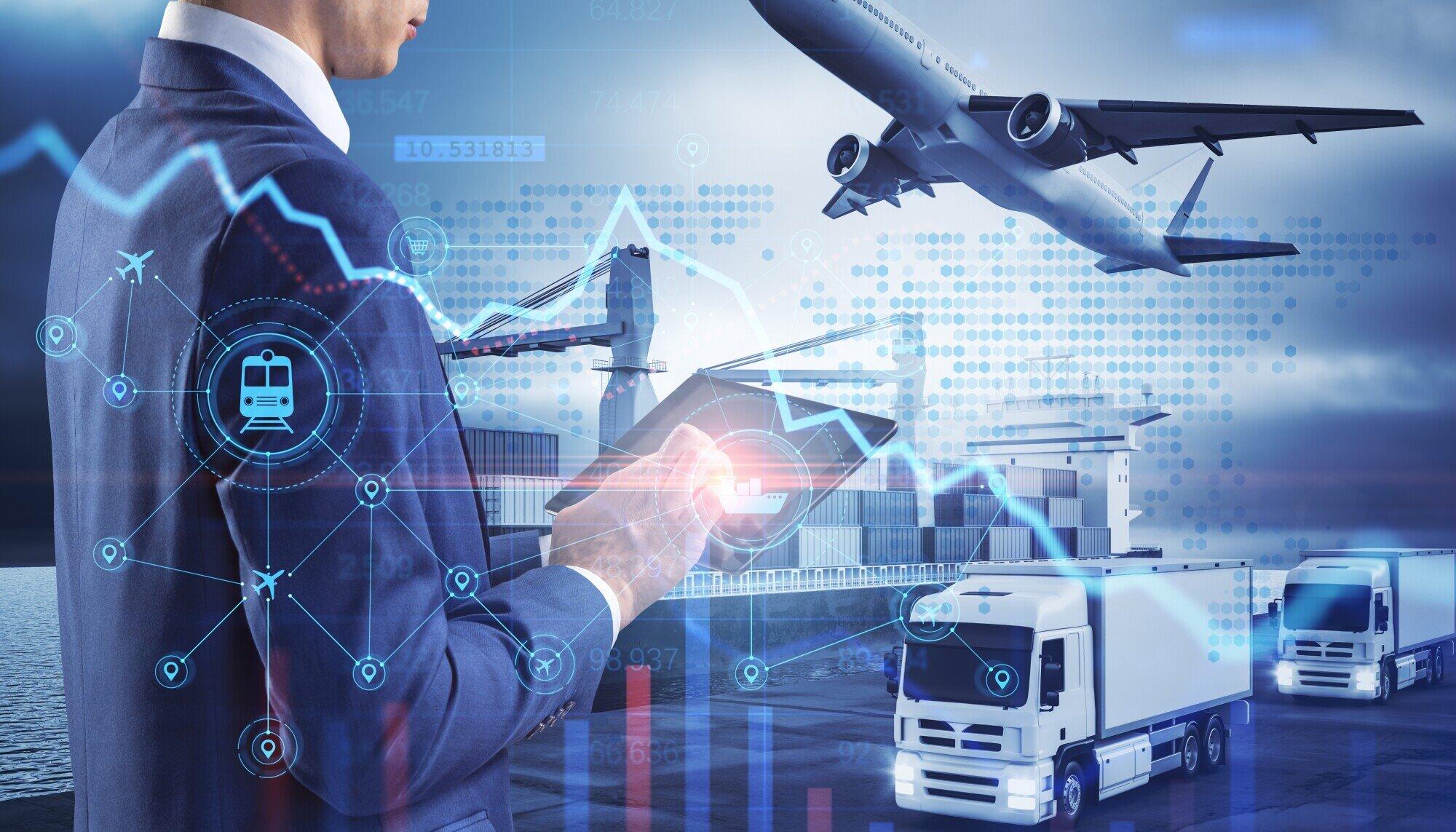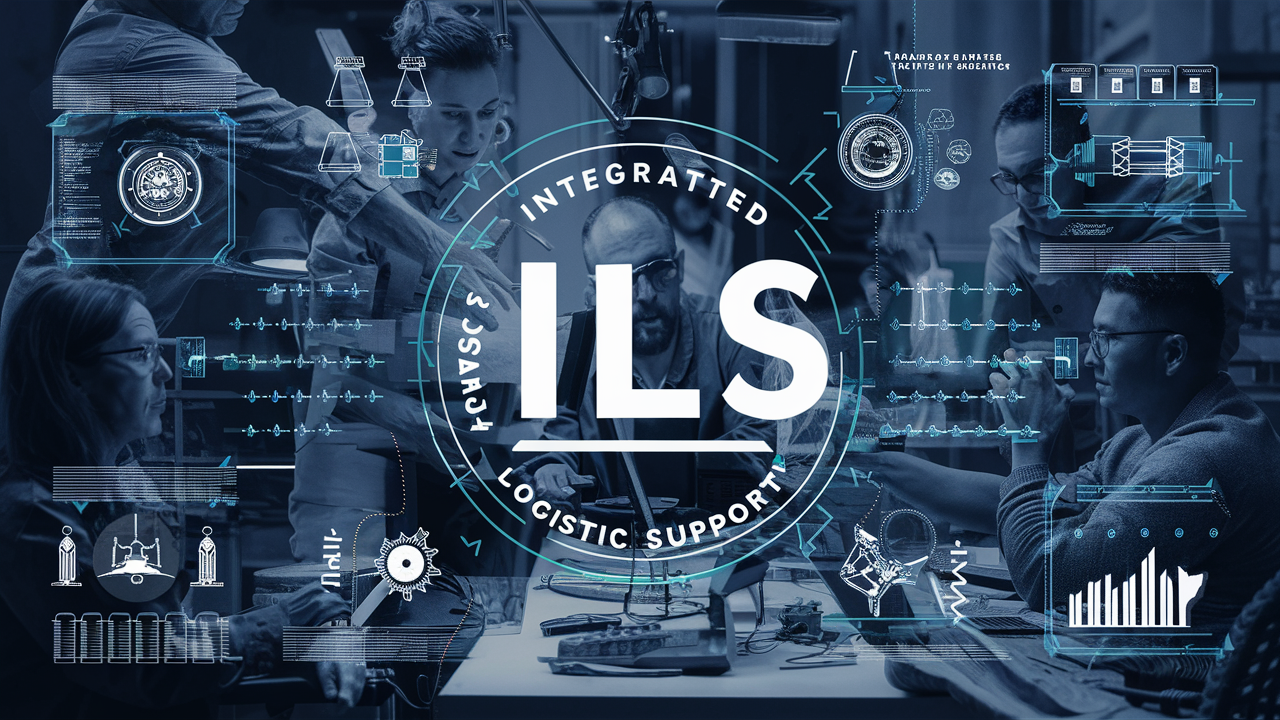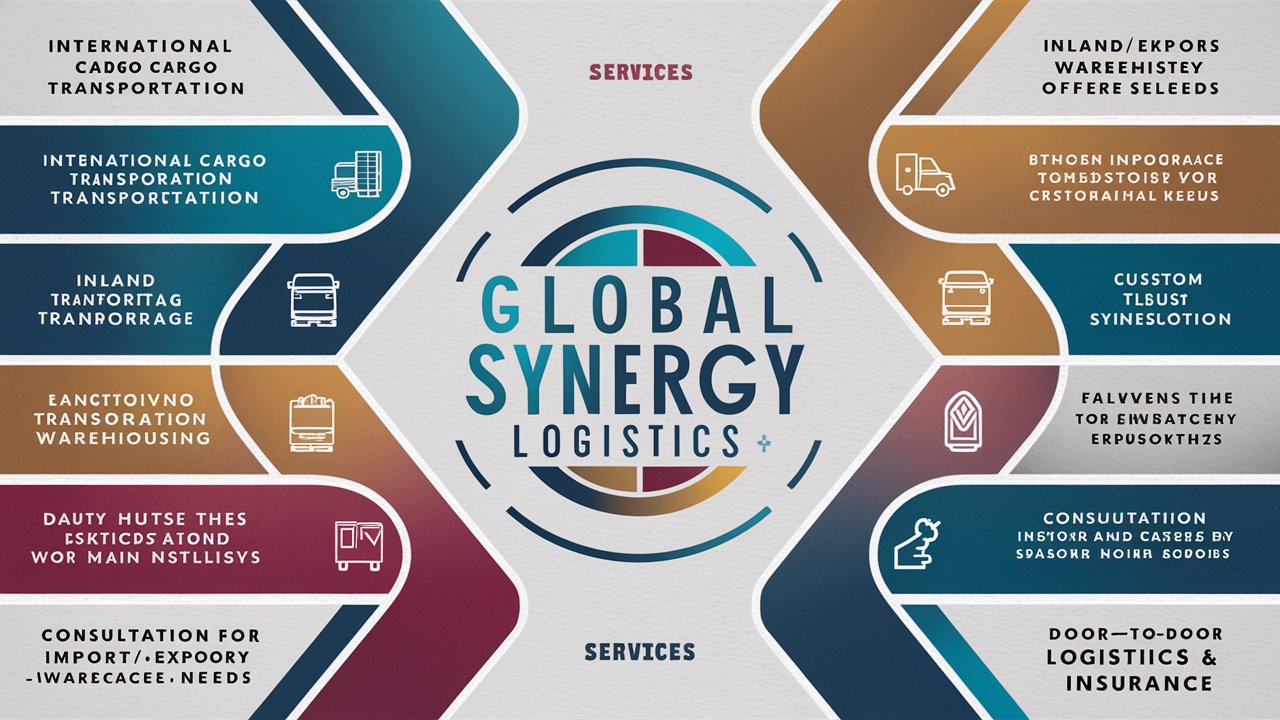How much do you think the smooth flow of goods in our global economy relies on effective logistics transportation and distribution? The answer is a lot! Every product we use, from the food on our tables to the smartphones in our hands, reaches us through a meticulously organized journey that spans thousands of miles.
In this article, we’ll unpack the vital elements that make this journey possible. From managing fleets and inventories to employing cutting-edge technology, mastering these components isn’t just beneficial; it’s essential for any business looking to thrive in today’s market. Keep reading to discover strategies that will elevate your logistics framework and ensure your goods move efficiently from point A to point B.
Definition and Scope of Logistics Transportation and Distribution
Logistics transportation and distribution are fundamental to the smooth operation of supply chains. Logistics involves planning, implementing, and controlling the movement and storage of goods, services, or information within a supply chain.
Transportation is a critical component of logistics. It refers to the actual movement of goods from one location to another using various modes such as road, air, sea, or railway transport. Distribution encompasses the processes of delivering the final products to the end users or consumers.
These elements are interconnected and vital for effective supply chain management. For example, a company manufacturing electronic devices needs efficient logistic transportation to ensure raw materials reach the factory on time. After production, transport logistics becomes crucial in moving finished goods to warehouses and ultimately to retail stores or directly to customers.
Transportation Management
Transportation management is the backbone of logistics. It involves selecting the most suitable mode of transport, planning optimal routes, and managing freight to ensure timely and cost-effective delivery. The choice of transport mode depends on various factors including cost, speed, and the nature of the goods.
For instance, rail logistics is often preferred for bulk goods over long distances due to its cost-efficiency and lower environmental impact compared to road transport.
Route planning and optimization are equally important. Effective route planning minimizes travel time and fuel consumption which leads to cost savings and reduced carbon emissions. Technologies like GPS and advanced route optimization software play a crucial role in this process.
Freight management encompasses the handling, storage, and transportation of goods. It ensures that products are moved safely and efficiently. This includes everything from loading goods onto trucks to managing paperwork and tracking shipments.
Warehousing and Inventory Management
Warehousing plays a pivotal role in logistics by providing a space to store goods before they are distributed. It ensures that products are available when needed, which is crucial for maintaining a steady supply chain. Modern warehouses are equipped with advanced technologies that improve efficiency and accuracy in storage and retrieval processes.
Inventory management involves keeping track of stock levels, orders, sales, and deliveries. Effective inventory control systems help businesses maintain the right balance of stock to avoid overstocking or stockouts.
For example, automated inventory management systems can:
- Track real-time stock levels
- Predict demand
- Reorder supplies as needed
This reduces the risk of running out of products or holding excess inventory, both of which can be costly.
Stock levels and turnover rates are critical metrics in inventory management. High turnover rates indicate efficient inventory use, while low turnover rates may suggest overstocking or slow-moving goods.
For instance, Walmart’s highly efficient inventory management system, which uses real-time data and advanced analytics, is a key factor in its success. It allows the retail giant to keep costs low and shelves stocked.
Distribution Strategies
Choosing the right distribution strategy is vital for ensuring products reach customers efficiently and cost-effectively. There are several types of distribution strategies, including direct, indirect, and omnichannel distribution.
Direct distribution involves delivering products straight from the manufacturer to the consumer, bypassing intermediaries. This method can reduce costs and improve delivery speed.
Indirect distribution, on the other hand, uses intermediaries such as wholesalers and retailers to get products to consumers. This strategy can help businesses reach a wider audience but may increase costs and complexity.
Omnichannel distribution is a modern approach that integrates various channels, such as physical stores, online platforms, and mobile apps, to provide a seamless customer experience. This strategy recognizes the changing shopping behaviors of consumers who use multiple channels to make purchasing decisions.
Choosing the right distribution strategy depends on the nature of the products, market demands, and the business model. Each strategy has its benefits and challenges.
For example, direct distribution can provide better control over the customer experience but may require significant investment in logistics infrastructure. Indirect distribution can expand market reach but may involve higher costs and dependency on third parties.
Technology in Logistics and Transportation
Technology plays a transformative role in enhancing logistics operations. Automation, real-time tracking, and data analytics are some of the technologies driving efficiency and innovation in the logistics sector.
Automation involves using machines and software to perform tasks that were traditionally done manually. This includes:
- Automated sorting systems in warehouses
- Robotic picking and packing
- Self-driving delivery vehicles
Automation reduces human error, speeds up processes, and cuts labor costs.
Real-time tracking provides visibility into the movement of goods throughout the supply chain. GPS and IoT (Internet of Things) devices enable companies to monitor shipments in real time. They ensure timely deliveries and allow for quick responses to any issues that arise.
Data anal;ytics is another powerful tool in logistics. By analyzing data from various sources, companies can gain insights into patterns and trends, optimize routes, manage inventory levels, and predict demand. For instance, UPS uses advanced data analytics to optimize delivery routes, saving millions of miles and gallons of fuel each year.
Future trends in logistics technology include the use of drones for deliveries, blockchain for secure and transparent supply chain transactions, and AI for predictive analytics and decision-making.
Read Also: Challenges and Solutions in Team Truck Driving
Streamline Your Operations with Expert Logistics
The intricacies of logistics transportation and distribution are fundamental to the seamless operation of global supply chains. In this article, we’ve explored essential strategies in transportation management, warehouse operations, and the pivotal role of technology in logistics. As the backbone of trade and commerce, efficient logistics not only supports economic growth but also drives it.
Want to dive deeper and optimize your own logistics operations? Explore more insights and tips in our dedicated Logistics section.



